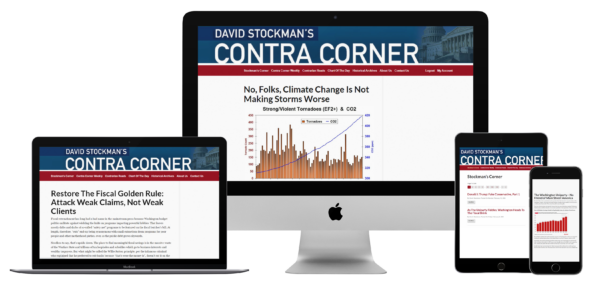One of the most vocal discussions in the past year has been whether the collapse, subsequent rebound, and recent relapse in the price of oil is due to surging supply as Saudi Arabia pumps out month after month of record production to bankrupt as many shale companies before its reserves are depleted, or tumbling demand as a result of a global economic slowdown. Naturally, the bulls have been pounding the table on the former, because if it is the later it suggests the global economy is in far worse shape than anyone but those long the 10Year have imagined.
Courtesy of the following chart by BofA, we have the answer: while for the most part of 2015, the move in the price of oil was a combination of both supply and demand, the most recent plunge has been entirely a function of what now appears to be a global economic recession, one which will get far worse if the Fed indeed hikes rates as it has repeatedly threatened as it begins to undo 7 years of ultra easy monetary policy.
Here is BofA:
Retreating global equities, bond yields and DM breakevens confirm that EM has company. Much as in late 2014, global markets are going through a significant global growth scare. To illustrate this, we update our oil price decomposition exercise, breaking down changes in crude prices into supply and demand drivers (The disinflation red-herring).
Chart 6 shows that, in early July, the drop in oil prices seems to have reflected primarily abundant supply (related, for example, to the Iran deal). Over the past month, however, falling oil prices have all but reflected weak demand.
BofA’s conclusion:
The global outlook has indeed worsened. Our economists have recently trimmed GDP forecasts in Japan, Brazil, Mexico, Colombia and South Africa, while noting greater downside risks in Turkey due to political uncertainty. Asian exports continue to underwhelm, and capital outflows are adding to regional woes. Looking ahead, we still expect the largest DM economies to keep expanding at above-trend pace but global headwinds have intensified.
And yet, BofA’s crack economist Ethan Harris still expects a September Fed rate hike. Perhaps the price of oil should turn negative (yes, just like NIRP, negative commodity prices are very possible) for the Fed to realize just how cornered it truly is.



